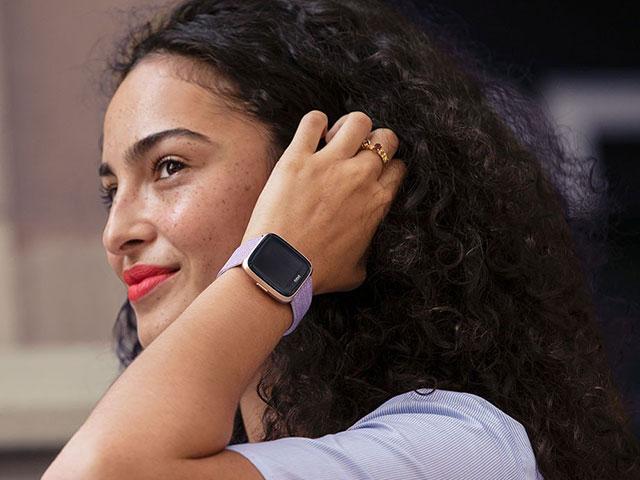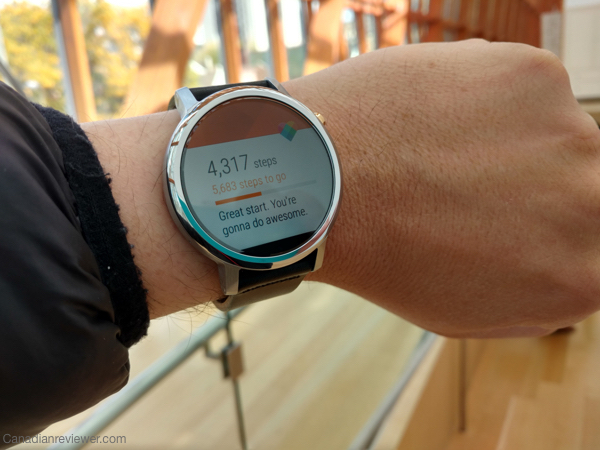
By Gadjo Cardenas Sevilla
The smartwatch has gone through quite an evolution as a companion device to smartphones. At first they seemed like frivolous adjuncts replicating a lot of the functionality already available on smartphones. A focus on fitness tracking as well as messaging and standalone features made these wearables more acceptable.
Now that some smartwatches can work as independent devices with their own calling, messaging and app connectivity, they’re starting to make a lot of sense, specially for service workers who can’t have their phones on them at work.
Many jobs discourage or even forbid employees checking their phones, which can impact productivity by becoming a distraction. A connected smartwatch, however, quietly allows service professionals to keep apprised of messages and important calls.
Using Wi-Fi or LTE connectivity makes it possible for these smartwaches to receive and messages and notifications. Some allow for discreet response via canned messages or even voice responses which are less tedious than pulling out a smartphone and typing.
Quartz, an online news service, reportedly spoke with “various airline attendants, bartenders, waiters, baristas, shop owners, and (very politely) TSA employees who all said the same thing: The Apple Watch keeps them in touch when they can’t be on their phones at work.”
This could be one of the reasons why Apple Watches and Fitbit devices are seeing their popularity on the rise. The same report mentions that 23 % or the US labour force works in wholesale or retail operations. The numbers in Canada are likely smaller, but not by far.
Personally, I’ve noticed smartwatches in dental offices, in courthouses, hospitals and on strore clerks and servers in almost every restaurant I’ve been to. They’re ever present at my local Starbucks, my favourite pub, and they are everywhere in my gym and not just on the members. ![]()
For many, who can’t be seen on their smartphones, having a connected smartwatch is a link to the outside world. A quick glance can keep you updated on notifications and if you really need to respond quickly, you can. Many smartwatches will stay connected to smartphones provided they’re around 300 feet away.
Some newer smartwatches even have their own Wi-Fi connections or, for a monthly fee, a 4G-LTE connection which gives them autonomy from smartwatches and allows them indefinite connections provided they’re within a service area.
The fitness tracking aspect of these smartwatches is another feature that helps get workers through the day by keeping them motivated and guiding them towards their fitness goals. Most smartwatches make it possible for users to have a friendly competition with each other (i.e. who has burned more calories, who has a higher step count, who can sustain more activity throughout the week).
A connected smartwatch can be an ideal solution for keeping track on game scores
This sort of gamification can only help get people more active and increases motivation plus is good for morale, which can be dampened by the tedium of day-to-day routines.

This is an example of how people take technology and shape it to their needs. Seeing an opportunity to stay connected without their smartphones has no doubt made smartwatches more than an impulse buy, they are now must-have items. Add the functionality of being able to make mobile payments, carry barcodes or tickets and there are many benefits to these wearable devices.
How will smartwatch makers react to this and make these devices even more valuable for this segment of users in the future.



